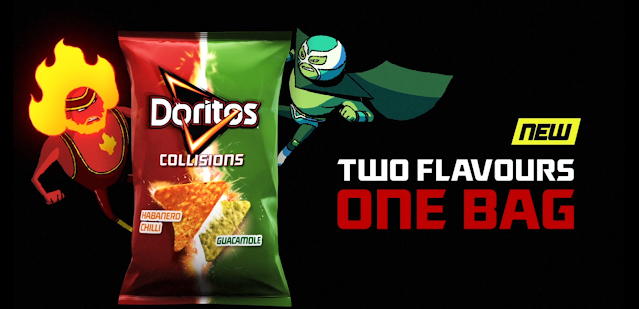Audience Reception Theory
Audience Reception Theory
1) The Preferred Reading of the media text means that the text is read as the producers intended.
2) The Oppositional Reading of a media text means that the text is read not as the producers intended, and from a point of view of someone who rejects the intended message. The audience construct their own view of the product.
3) The Harry Brown film aptly demonstrates the teenagers as being violent and rebellious. This is perfectly conveyed through the actions of the teenagers, which include setting things on fire and killing or threatening people to assert violence. The use of this could present that the Preferred Reading of the film might be to sympathise with the main character, Harry Brown, and conclude that the film represents the majority of youth behaviour and reflects teenage behaviour because of the use of stereotypical representation.
4) The Harry Brown film might inspire Oppositional Readings of the film among youth because of the way it presents them in the film. Teenagers in the film are seen as being reckless, but teenagers in real life might view the actions as inaccurate because they may believe that they do not act this way. In addition, no positive views about teenagers are expressed in the film, which may further create Oppositional Readings among teens. Perhaps teenagers might also respond through the Preferred Reading of sympathy as the true violent ways the film presents youth as are extremely dramatised and might inspire regret or remorse because of this reading. Producers might expect teenagers to responds in pity to the elderly which might be what producers intended them to do. Depending on their class, gender and age, some teenagers might show a Negotiated Reading by noticing that the teenagers are not completely accurate or inaccurate due to dramatisation of actions of teenagers in real life and generalising all youth as a whole.
5) The McDonald's advert perfectly presents the burger as being delicious and as healthy as any other meal. The Preferred Reading of this would be the fact that the burger is well-prepared, cheap and tasty. This means that they should be inspired to buy the burger because of its positive qualities. It might also further accentuate these beliefs through the use of vivid descriptions of the burger's ingredients and nothing negative mentioned. However, the advert may also create an Oppositional Reading. Many people may see the burger as being unhealthy because it is from a big brand that creates nearly completely fast food. In addition, Reformers might dislike the burger immediately because it is from a well-known, worldwide brand that is incredibly popular. A Negotiated Reading of this might see the burger as being unhealthy (because it is full of salt and fat) but might see it as an easy alternative of long lunches or dinners because it is fast and inviting. In addition, the popular brand might mean that friends and/or family have heard of the burger and are buying it also. This might inspire those with Negotiated Readings to buy it, too.
6) The Doritos advert actively depicts the crisps as being brand new and tasty. It attracts the audience through the use of vibrant colours and a black background which contrasts with the bright colours effectively. The Preferred Reading would be that the crisps are flavourful, and, because they are new, would encourage audiences to try the snack specifically for the purpose of it being brand new. However, an Oppositional Reading might be that the "new" bag might not be at all interesting. This might inspire them to believe it is not flavourful or tasty, which might lead the audience away from the brand. In addition, a Reformer might be against incredibly mainstream brands such as Doritos.

Comments
Post a Comment